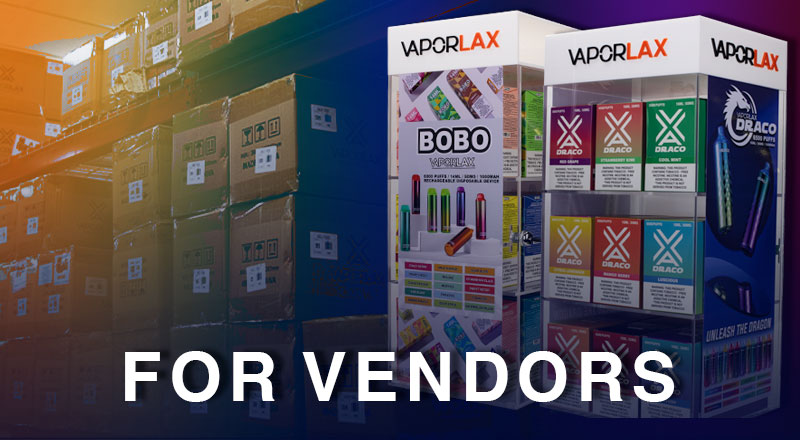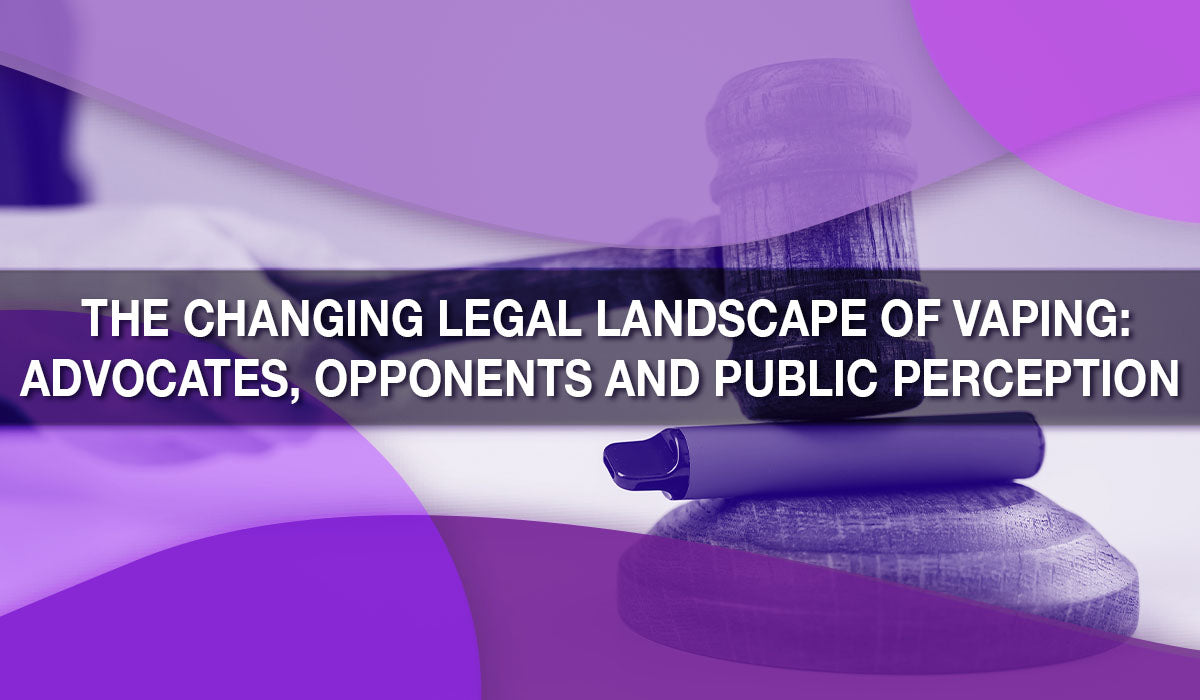Texas Implements Stricter Regulations on Vaping Packaging
As the calendar flips to January 1, 2024, Texas gears up to enforce a newly passed law aimed at curbing youth vaping by prohibiting the sale of vaping products in packaging adorned with cartoons, fruit, or food and drink imagery.
Protecting Children From Electronic Cigarette Advertising Act
The Protecting Children From Electronic Cigarette Advertising Act states that a person may not sell or cause to be sold an e-cigarette container that:
- Depicts a cartoon-like fictional character that mimics a character primarily aimed at entertaining minors.
- Imitates or mimics trademarks or the trade dress of products that are or have been primarily marketed to minors.
- Includes a symbol or celebrity image that is primary used to market products to minors.
- Resembles a food product, including candy or juice.
Open Ended Interpretations
While the term kid-friendly is falsely applied to the characterizing flavors that adult vapers prefer, FDA warning letters have gone out for years and regulations exist that bar the forms of packaging described. In the case of this restriction, Mi-Pod Wholesale acknowledges most of these restrictions already existed on the federal level.
The FDA has been cracking down on products with labeling that resembles food products for over half a decade at this point. Looking at their warning letters from 2018, you will find companies engaging in very foolish marketing practices that were certain to draw the attention and ire of regulators.
Back in the Gottlieb-era, their concerns were ostensibly that vape products could be mistaken by a child as food rather than types of food being classified as kid-friendly. A major issue with the Texas law is that it also that a simple fruit illustration on the packaging to denote flavor is every bit as illegal as making a disposable vape shaped like apple juice box.
The use of existing trade dress was another terrible idea that has been mostly vanquished by responsible manufacturers. The Texas law is redundant in that this is already barred and routinely punished. At least when the violator is selling nicotine products. There is no shortage of cannabis products that not only physically resemble candy and use the trade dress of existing candies, but are actual edible, sugary candy.
Room for Regulatory Abuse
There is obviously room for regulatory abuse when deciding what constitutes a fictional character that mimics a character aimed at entertaining minors and the food product restrictions. We should all be able to agree that a Paw Patrol themed vape would be reprehensible. But outside of this extreme example, who decides when a fictional character primarily markets to children?
The vaping industry has long defended its marketing strategies, citing their compliance with existing regulations and the adult-focused nature of their products, the implementation of this new law signals a pivotal shift in how these products will be presented and sold in Texas. If enforced stringently and to the letter, many products popular with adults could be pushed from the market.
Crime and Punishment
Selling products in violation of this law is a Class B Misdemeanor, punishable by up to 6 months in jail and with a fine of up to $2000. Retailers face additional civil penalties of up to $3000 and the potential loss or suspension of their licensing and sales permits.
This legislative move aligns with a growing trend across the United States where various states and localities have implemented stringent measures to address the so called “surge in underage vaping”, a wave that crested last decade. Youth vaping rates have dropped four straight years.
Many states have introduced flavor bans, increased age restrictions, and tightened marketing regulations to mitigate the allure of vaping among youth.
However, debates surrounding such regulations often raise questions about their effectiveness and potential unintended consequences.
Potential Negative Outcomes:
- Black Market Emergence: Stricter packaging regulations might drive the creation of an underground market for vaping products with non-compliant packaging. This could lead to a lack of quality control and increased health risks due to unregulated products.
- Limited Consumer Choice: Restricting packaging designs may limit adult consumers' ability to differentiate between various products, affecting their purchasing decisions based on flavor or nicotine strength.
- Impact on Small Businesses: Compliance costs for redesigning packaging could disproportionately affect smaller vaping businesses, potentially impacting their viability in the market.
- Effectiveness Concerns: Critics argue that while packaging bans may deter some minors, they might find other ways to access vaping products or be drawn to alternative substances, undermining the ban's overall effectiveness.
It's crucial for policymakers to consider the broader societal impact, potential unintended consequences, and the effectiveness of these measures while balancing public health concerns with economic implications and individual freedoms. Balancing regulation with education and comprehensive strategies might offer a more holistic approach to address youth consumption.






Leave a comment
This site is protected by hCaptcha and the hCaptcha Privacy Policy and Terms of Service apply.